The rise of artificial intelligence (AI) in various sectors has led to an increase in AI-related patent applications, posing new challenges and opportunities in intellectual property (IP) protection. This article navigates the evolving landscape of patents, highlighting critical strategies for protecting AI-driven innovations.
AI’s impact on the patent landscape has been substantial. The USPTO, recognizing this shift, has integrated AI technologies to improve patent and trademark examination efficiency. As of 2023, a significant portion of utility patent applications involve AI, reflecting its growing influence.
This surge in AI patents is evident across sectors like healthcare, automotive, finance, and telecommunications. Major technology companies like IBM, Microsoft, and Google are leading in patent filings, along with an increasing presence of startups and academic institutions. Despite the U.S. leading in patent filings, China and South Korea are rapidly catching up.
Patenting such technologies presents unique challenges. Key issues include determining inventorship in cases where AI systems contribute to creative processes and distinguishing between abstract ideas and specific, patentable processes. Machine learning, especially deep learning, along with natural language processing, robotics, and computer vision, are prominent areas within patents.
To navigate these challenges, several strategies are recommended. These include demonstrating real-world applications, showcasing improvements in computer functions, and detailing the trained model in the patent application. The importance of describing how the AI model is trained and its specific applications is emphasized.
The article advises a comprehensive approach to AI patenting, including assessing the novelty of the invention, understanding technical aspects, and considering alternatives like trade secrets. It also highlights the importance of securing rights in training data and AI outputs and using contracts for IP rights allocation.

